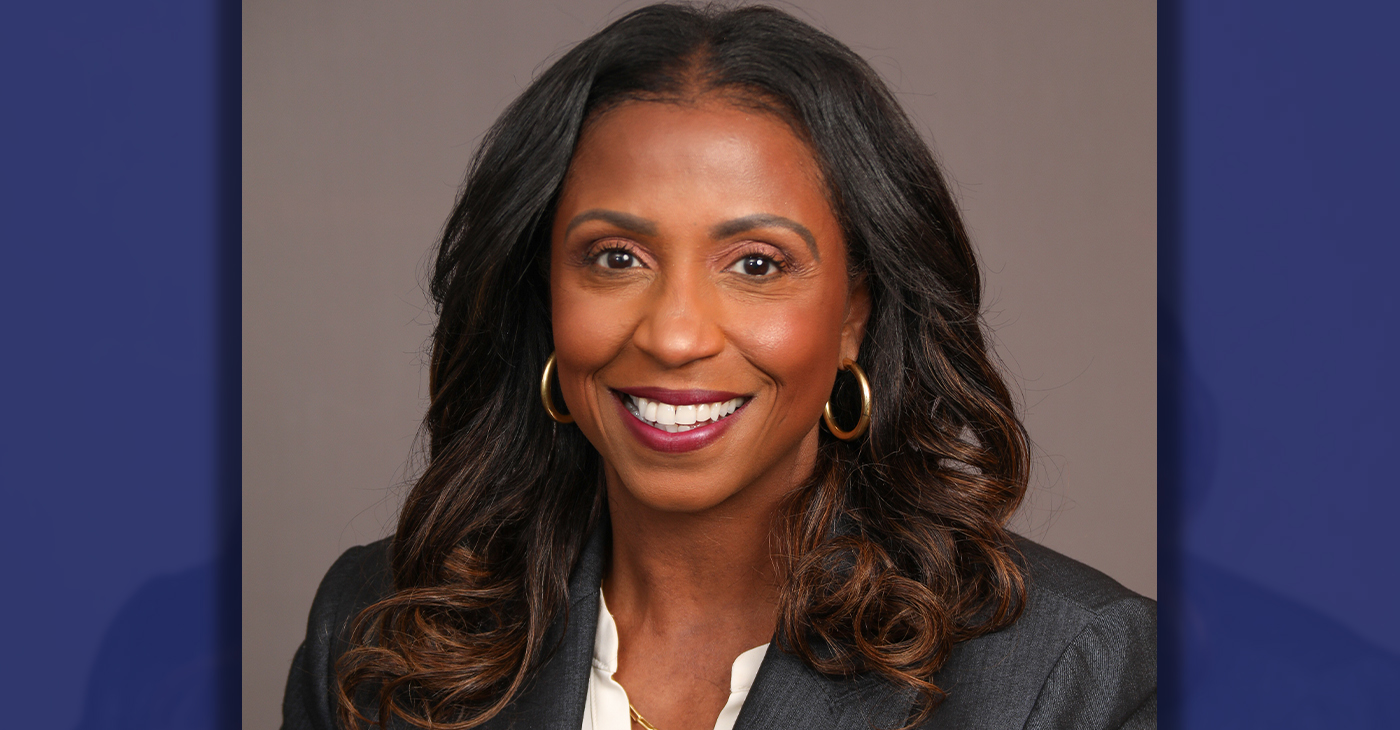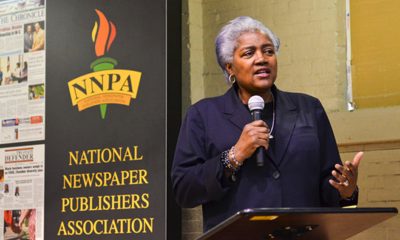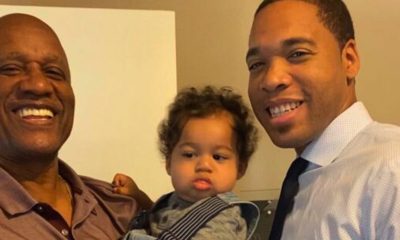Business
Why McDonald’s is Still a Powerhouse, Despite Troubles

This Thursday, Jan. 15, 2015, file photo, shows a McDonald’s fast food restaurant sign in Chicago. McDonalds has been hurt by diners who want something different. Sales have been struggling for more than two years and the company seems trapped in a cycle of bad headlines that likely wont end soon. Despite troubles, McDonalds is still a powerhouse. (AP Photo/Nam Y. Huh, File)
CANDICE CHOI, AP Food Industry Writer
NEW YORK (AP) — McDonald’s sales have been sputtering for more than two years and the company seems trapped in a cycle of bad headlines that likely won’t end soon.
Its quarterly earnings results on Wednesday aren’t expected to be pretty either, and there’s a chance its dominance will continue to wane as newer players keep coming onto the scene.
But don’t write the obituary just yet. McDonald’s has many strengths that the rivals biting at its heels can only envy, including Ronald McDonald’s worldwide recognition. The Golden Arches will need to put them to good use to remain the world’s largest restaurant chain.
Here are six reasons why McDonald’s is nowhere close to death’s door for now.
___
MASSIVE REACH
McDonald’s has more than 14,300 locations in the U.S. and that ubiquity continues to make it a default option for many. Burrito chain Chipotle is in growth mode but still only a fraction of that size, with around 1,800 locations. (Shake Shack, whose stock offering earlier this year garnered lots of attention, has fewer than 40.)
Because of its recent struggles, McDonald’s plans to slow its growth to its lowest level in five years. But “slow” is relative: It still plans to add 600 to 700 restaurants around the world this year, on top of the more than 36,200 it already has.
Chipotle said it plans to open up to 205 new stores this year, mostly in the U.S.
___
MARKETING POWER
McDonald’s has enormous marketing muscle, in large part because its franchisees are required to contribute at least 4 percent of their sales to advertising.
Based on the $31.1 billion in sales U.S. franchisees saw last year, that would translate to at least $1.24 billion in advertising money.
That huge bucket of money is split in two ways. Some goes to national advertising and focuses on burnishing the brand. The rest goes to regional advertising and focuses more on promotions to drive customers to stores.
Advertising doesn’t have to be expensive to be effective, of course. But McDonald’s deep pockets give it a clear advantage.
___
PRINTING MONEY
The recent sales decline in the U.S. is squeezing franchisees, who still have to pay for fixed costs like labor and electricity.
But McDonald’s restaurants continue to generate a lot more cash than their peers. In 2014, the average McDonald’s restaurant raked in $2.5 million in sales, according to industry tracker Technomic. Wendy’s restaurants pulled in an average of $1.6 million, while Burger King pulled in $1.2 million.
A big reason for the difference: the popularity of McDonald’s breakfast.
Average annual sales for Shake Shack are higher at $4.6 million, Technomic said. That’s in part because Shake Shack is concentrated in New York City, where volumes tend to be higher. The average Chipotle generates roughly the same sales volume as McDonald’s even without breakfast, in part because of its fast-moving line and higher prices.
___
UNLOCKING BREAKFAST
Fans of McDonald’s breakfast have long called on the chain to offer it past 10:30 a.m. McDonald’s is finally giving the idea a serious try with a test of an all-day breakfast menu in San Diego.
It’s just one way McDonald’s might bring more customers into its stores and may signal the company’s willingness to take bigger risks.
Big companies tend to be cautious about change, and McDonald’s in particular is known for its methodical decision-making. But executives may pick up the pace to avoid becoming outdated.
___
NEW LEADERSHIP
McDonald’s CEO Steve Easterbrook stepped into his role just last month and said he wants to make McDonald’s a “modern, progressive burger company.” In a meet-and-greet with analysts, he also referred to himself as an “internal activist,” according to Sara Senatore, a Bernstein analyst.
Another new executive is Mike Andres, who became president of the U.S. division in October. He started as a manager for his family-owned McDonald’s, and has served in a variety of leadership roles at the company.
(Side note: Andres’ father was a pilot for Ray Kroc, who built McDonald’s into a fast-food giant.)
___
MCDONALD’S HAS BEEN HERE BEFORE
The troubles McDonald’s is facing are partly the result of a shifting industry, with many smaller players posing a challenge to the big guys. If that trend keeps up, McDonald’s may not be able to save itself.
At the same time, it’s easy to forget that McDonald’s has had rough patches before — and pulled out of them.
Consider the expanded menu and focus on value that former CEO Jim Skinner used to turn around business. It isn’t an ancient example; Skinner’s tenure was from 2004 to 2012, the last few years of which were some of McDonald’s strongest.
____
Follow Candice Choi at www.twitter.com/candicechoi
Copyright 2015 The Associated Press. All rights reserved. This material may not be published, broadcast, rewritten or redistributed.
Business
Maximizing Your Bank Branch Experience
In a world of online tools that let you make banking transactions with the touch of a button, the idea of visiting a branch might seem unnecessary. However, if you haven’t visited your local branch recently, you might be surprised by what it has to offer. Your branch is much more than a place to deposit and withdraw money – it can offer the opportunity to build valuable relationships with people who can help you achieve financial independence.

Sponsored by JPMorgan Chase & Co.
In a world of online tools that let you make banking transactions with the touch of a button, the idea of visiting a branch might seem unnecessary.
However, if you haven’t visited your local branch recently, you might be surprised by what it has to offer. Your branch is much more than a place to deposit and withdraw money – it can offer the opportunity to build valuable relationships with people who can help you achieve financial independence.
Diedra Porché, Head of Community and Business Development at Chase, talks about how the bank model has evolved to maximize the branch experience for customers; how connecting with your local branch team can help you think differently about money and investing for your future.
How can a customer feel connected to a bank branch?
I love that question because we ask ourselves the same thing every day. Being part of the community means meeting with local leaders to find out what they need from us and then designing our branches around that. For example, at some of our community branches we have what we call a living room where we can host financial workshops, small business pop-up shops or nonprofit organization meetings. We also hire locally. You feel much more connected talking about financial aspirations with people from your community who went to the same high school, place of worship or maybe frequented the same recreation center down the street when they grew up.
How can I build a relationship with my bank?
Customers should feel comfortable sharing their goals, needs and wants with their banker. Also, it helps to remember the Community Manager is there to help solve your finance challenges and build a roadmap for success. You might have a short-term or long-term goal to open a business, build your credit, become debt-free, buy a home, or save for retirement, and our community team can help. At Chase, we strive to make dreams possible for everyone, everywhere, every day. Your financial future starts with building those relationships.
How can customers change negative perceptions they have about managing their money?
Far too often, customers are intimidated when they visit a bank. Our goal is to demystify banking and money myths empowering people to make the right decisions. For example, a big myth is assuming you need a lot of money to have a bank account. You don’t! Another myth is you need to carry a balance on your credit card to build credit — actively using your credit card can demonstrate that you can use credit responsibly but carrying a balance won’t necessarily improve your credit score. Finally, understanding mobile and online banking safety is key. There are so many safeguards and protections in place to guard your personal information and funds.
What’s an easy step one can take to shift their financial behavior right now?
Cultivating self-awareness is a good first step. Start by taking inventory of your spending. Be honest with yourself about what you need and what you want. Too often, people confuse the two, which leads to bad decisions. Rent is something you need to pay. An extra pair of shoes is something you may want but before you buy them ask yourself if that’s the best use of your hard-earned money. Too often, our beliefs and our fears shape our financial realities. If any of those beliefs are limiting your financial behavior, it’s important to question and examine them, and then decide you’re open to learning something different.
What’s one perception about banking that you’d like to change?
I think folks are surprised there are so many resources available and accessible both at our branches and online, it’s always a good idea to visit a nearby branch and speak to a Community Manager or banker. Outside of what we offer in-branch, our teams also work with local neighborhood partners who provide a variety of services to support the community, businesses and residents. I received a unique piece of feedback from an employee who started with the bank and had lived in the same community his whole life. When he visited his local community branch, he said, “Diedra, when I walked in, I felt dignified.” Every time I recount that story, it warms my heart because that’s what we want — we want our centers to belong to the community.
Activism
Oakland Post: Week of May 1 – 7, 2024
The printed Weekly Edition of the Oakland Post: Week of May 1 – 7, 2024

To enlarge your view of this issue, use the slider, magnifying glass icon or full page icon in the lower right corner of the browser window. ![]()
Activism
Oakland Post: Week of April 24 – 30, 2024
The printed Weekly Edition of the Oakland Post: Week of April 24 – 30, 2024

To enlarge your view of this issue, use the slider, magnifying glass icon or full page icon in the lower right corner of the browser window. ![]()
-

 Community2 weeks ago
Community2 weeks agoFinancial Assistance Bill for Descendants of Enslaved Persons to Help Them Purchase, Own, or Maintain a Home
-

 Activism4 weeks ago
Activism4 weeks agoOakland Post: Week of April 3 – 6, 2024
-

 Business2 weeks ago
Business2 weeks agoV.P. Kamala Harris: Americans With Criminal Records Will Soon Be Eligible for SBA Loans
-

 Activism3 weeks ago
Activism3 weeks agoOakland Post: Week of April 10 – 16, 2024
-

 Community2 weeks ago
Community2 weeks agoAG Bonta Says Oakland School Leaders Should Comply with State Laws to Avoid ‘Disparate Harm’ When Closing or Merging Schools
-

 Community2 weeks ago
Community2 weeks agoOakland WNBA Player to be Inducted Into Hall of Fame
-

 Community2 weeks ago
Community2 weeks agoRichmond Nonprofit Helps Ex-Felons Get Back on Their Feet
-

 Community2 weeks ago
Community2 weeks agoRPAL to Rename Technology Center for Retired Police Captain Arthur Lee Johnson






















































